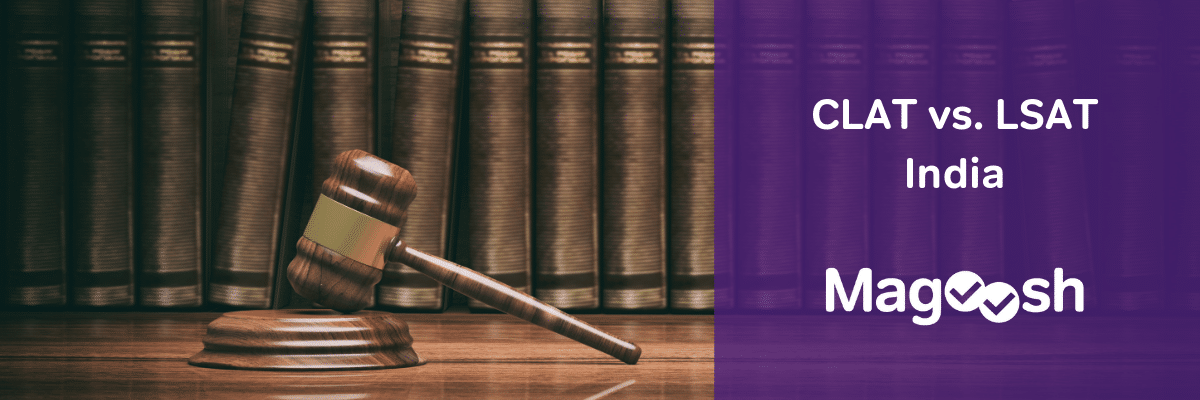While the LSAT is made up of three sections–analytical reasoning, logical reasoning, and reading comprehension–it tests much more than just those three things. While each section does require some level of reading comprehension, and the ability to analyze and use logic, you can expect the test to cover a much wider variety of skills.
The Law School Admissions Council (LSAC), stated that the LSAT is designed to measure, or test, skills essential for success in law school. As we go through this article, I’ll break all three sections down into the different things they test.
Reading Comprehension
Reading Comprehension is the most straightforward section on the LSAT. Still, you’ll need to be careful when you tackle each question. Taken word for word from the LSAC’s web page, the reading comprehension section will “measure [your] ability to read, with understanding and insight, examples of lengthy and complex materials similar to those commonly encountered in law school.”
Let’s face it, law school text books aren’t exactly light reading. When I was in law school, sometimes it would take me an hour just to get through a couple of pages. I would read children’s literature just to make myself feel smart after some homework assignments.
So, the reading comprehension section is going to throw some foreign subjects at you–things you’ve never read before–and test your ability to comprehend them.
Finding relationships between separate texts
In addition to reading really dense stuff, you are also going to have to read paired passages and figure out how they relate. This is called comparative reading, and there’s a nice sample of it on LSAC’s Reading Comprehension page (scroll down to questions 8-14). It’s something you’ll do quite frequently in law school, since you’ll be reading multiple cases (or multiple opinions on the same case) just to spell out a single rule of law.
In these comparative reading questions, you will be looking for ways in which the authors would agree or disagree. You will also be looking for potential inferences, based on the readings, particularly in regards to what the authors might think about a particular claim that isn’t explicitly in the text.
These passages require an attention to detail, and an ability to work through the fog, to find out what they really mean.
Applying new facts to the passages
The test makers will also ask you to figure out the arguments and assertions of the authors in the passages. Once you do that, you will be asked to apply their various trains of thought to new facts, or new arguments.
The examiners want to see how you take old information or arguments, and apply them to new situations, new sets of facts. This requires the ability to read a long passage and distill it into a simple, concise statement. Once you can get that, you will be able to apply it to other situations.
Analytical Reasoning
The Analytical Reasoning, or logic games, portion of the test will test an entirely different kind thinking from the reading comprehension section. Specifically, the examiners want to test your “ability to consider a group of facts and rules, and, given those facts and rules, determine what could or must be true.” In other words, you will be asked to “reason deductively from a set of statements and rules or principles that describe relationships among persons, things, or events.”
Deductive Reasoning
Deductive reasoning is huge in this section. You are going to be given a bunch of rules, or assumptions, and, based on those rules, you will need to come up with some conclusions. Based on what you are given, you will need to deduce specific outcomes.
Doing this requires some basic reasoning. You’ll need to recognize the relationships between all the rules. You’ll also need to work with elements of formal logic such as if/then statements.
This portion of the test will also require that you make inferences based on the passage, or even inferences based on new facts given to you in one of the questions.
The Analytical Reasoning section of the test is designed to be similar to reading a statute, or contract, and applying it to facts in a given case. As you will come to find out, while not exactly the same, statutes read very similarly to logic games questions.
Like the games, a statute will give you the rules you are allowed to play by. As you read a statute, you will find out what you can and cannot do in a particular situation. Then, when you apply your client’s facts to the statute, you’ll be required to deduce the outcome, based on the rule. You will also be required to make inferences, figuring out how the law would apply to other facts in your client’s case should a certain scenario play itself out.
Since that will be a large portion of law school, it makes sense that LSAC wants to test your ability to do so. However, since the various test takers come from so many different majors and other educational backgrounds, the questions need to be fair for anyone who is competent at English.
Logical Reasoning
The Logical Reasoning section deals only with arguments. Since you’re considering law school, this should be right up your alley.
The arguments in this section, however, are meant to test a few specific things.
Basic Argument Analysis
The first thing you will be tested on is your ability to analyze an argument on its face. You will need to figure out the conclusion of the argument, and any assumptions that back it up. You will find that the conclusion is not included in every passage. You will also find that some conclusions are missing some very important assumptions.
It’s up to you to figure out what is there and what is still needed to either make the passage true, or else to prove it’s false.
This applies to law school in a very specific way. You are going to be reading case after case in law school. Each case has a legal analysis. However, like the questions contained in the LSAT, they might be missing some assumptions. They might be missing a complete conclusion. You’ll find yourself making logical leaps, and determining the veracity of lots and lots of arguments.
Argument Evaluation
Next, you’ll be tested on your ability to evaluate the argument contained in a given passage. This is different from simply analyzing the passage. It requires you to take those assumptions you found in your analysis and figure out if they are faulty or not.
Questions will ask you to figure out assumptions that conclusions are based on, though the assumptions aren’t explicitly stated in the passage.
This has a little more application after law school. You will find that everyone has something to say. It could be in a contract dispute, litigation, a divorce, or even just a mediation. Many times you will be presented with arguments that seem just a little bit off, and you’ll be forced to figure out why.
If you’re litigating, you will argue in front of a judge or jury, and you’ll need to evaluate the other side’s arguments, and figure out which assumptions they base their case on are false, or weak.
Argument Completion
The LSAT will also test you on your ability to complete an argument. You could be given a bunch of assumptions, and asked to complete the argument. While it may seem easy to do on the surface, the assumptions could be all over the place, making a logical, well-supported conclusion very difficult to draw out.
This is probably my favorite portion of the exam, because it applies to my favorite part of being an attorney. It’s the most effective way I’ve found to convince people of my position in court, or in negotiations. While you will know the conclusion you want others to come to, the most effective thing for you to do is lay out the assumptions in such a way that the other person comes to the conclusion himself.
The LSAT does the same thing, only isn’t quite as clear. In some cases, it will lay out the assumptions for you, and then ask you one thing: what is the most logical conclusion?
Analyzing Multiple Arguments
The last thing the logical reasoning section tests, is your ability to analyze two arguments in a single passage. This requires you to do all three things, (analyze, examine and conclude) for both arguments. Then you’ll need to figure out what they disagree on.
For more on the Logical Reasoning section, check out Magooosh’s Logical Reasoning Library for links to dozens of articles about specific question types and strategies.
Conclusion
As you can see, the LSAT is quite the exam. It tests many different skills that law students and attorneys need to have. I hope you were able to see how the things tested on the LSAT actually transfer over to law school and beyond.
Contrary to what a lot of people think, the LSAT is a very useful test, and if you can score well on it, you will be well on your way to doing great in law school.







Leave a Reply